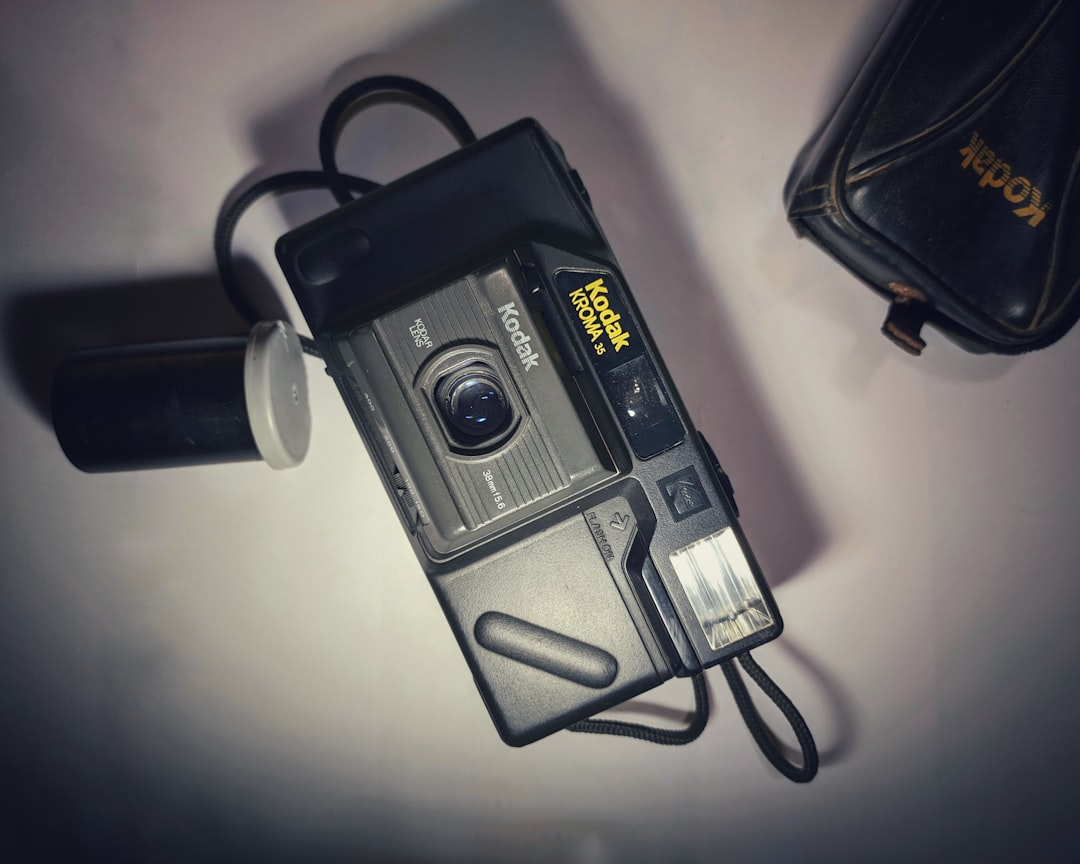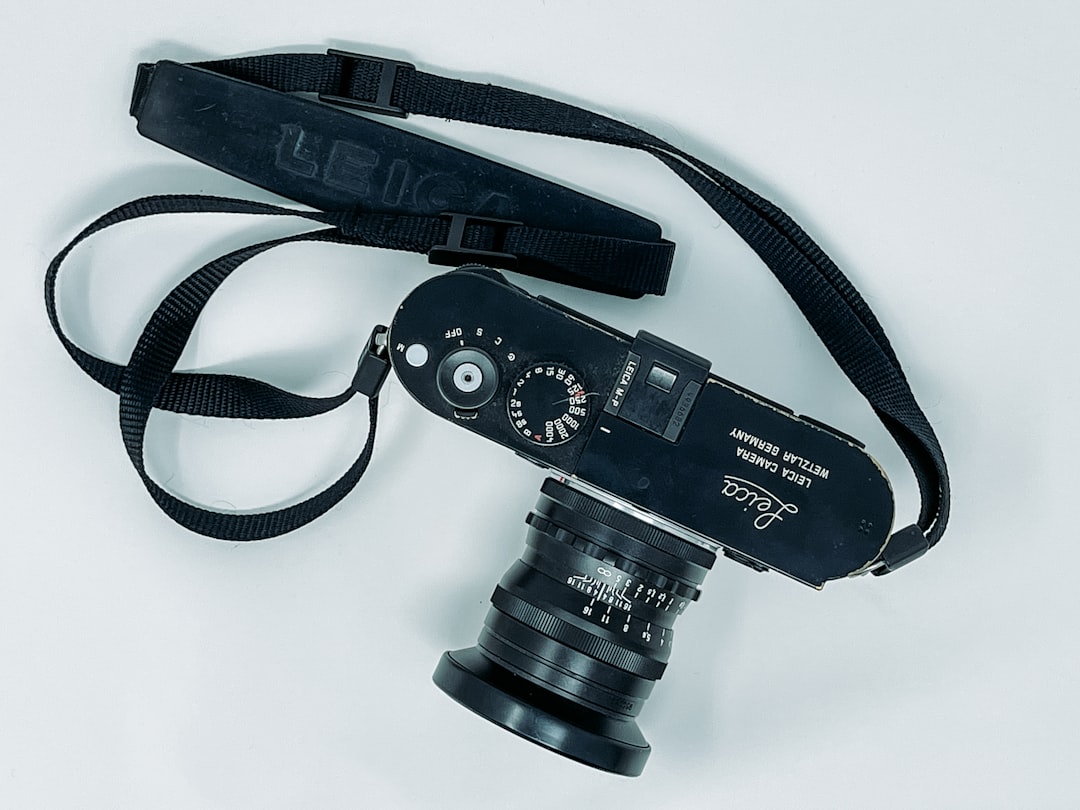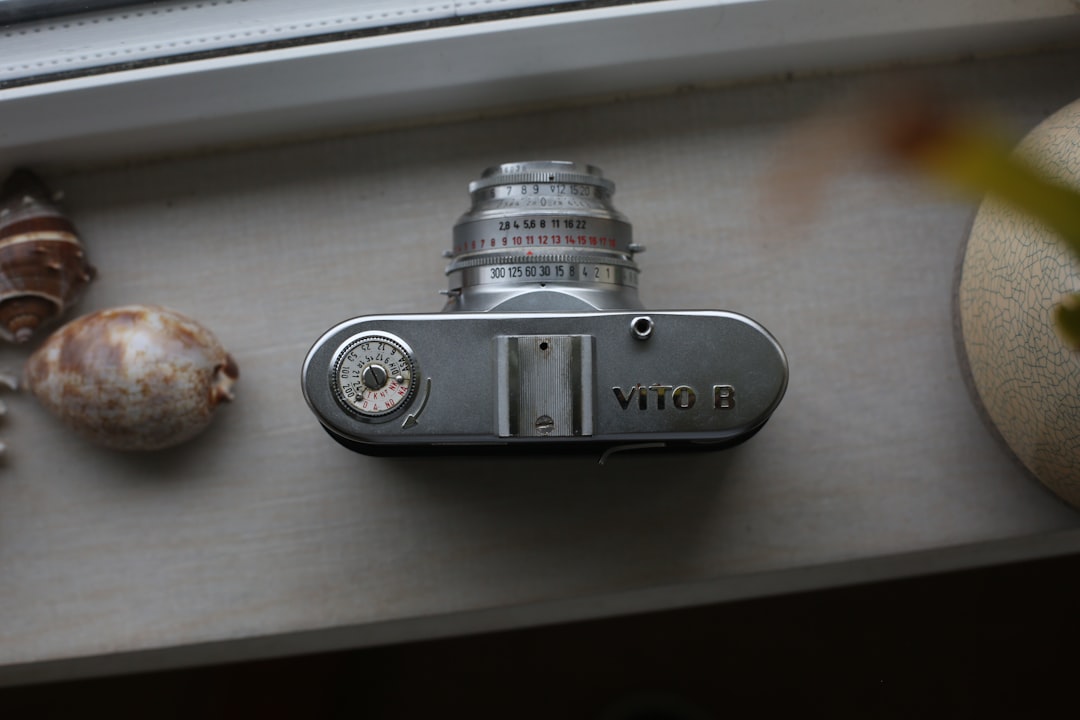USB Mini-B: Where This “Retro” Connector Still Shows Up
Once a staple on mobile devices, digital cameras, and portable gadgets, the USB Mini-B connector has become somewhat of a relic in the fast-paced world of technology. With the widespread adoption of USB-C and the now-dominant Micro-USB connectors (especially over the past decade), many might assume that the chunky Mini-B has disappeared entirely. However, a closer look into specialized and legacy electronics reveals that the USB Mini-B still enjoys a surprising degree of relevance today.
Understanding where and why this “retro” connector continues to show up gives insight into the lifecycle of technology in both consumer and industrial fields.
The USB Mini-B: A Brief History
The Mini-B connector was introduced as part of the USB 2.0 specification in the early 2000s. It featured a smaller form factor compared to the original USB-A and USB-B connectors, making it ideal for compact devices. With five pins instead of the standard four, it offered additional functionality such as On-The-Go (OTG) capabilities, which allowed two devices to communicate without the need for a computer as the middleman.
Despite its initial success in products like MP3 players, GPS devices, and digital cameras, the Mini-B has been largely supplanted by the Micro-USB and USB-C connectors, which offer even smaller sizes and higher data transfer rates.
Where USB Mini-B Still Appears Today
Although its time in the spotlight has faded, the USB Mini-B connector still serves an important role in several contexts:
- Legacy Devices: Devices manufactured in the 2000s to early 2010s often used Mini-B ports. While many consumers have upgraded, others still use these devices, particularly if they function reliably or fulfill a specialized role.
- Digital Cameras and Camcorders: Many higher-end or prosumer digital cameras, especially DSLR models released before 2014, utilized Mini-B for data transfer. Some modern users still hang on to these cameras because of their exceptional optics and durability.
- Industrial Equipment: In sectors such as manufacturing, testing, and automotive diagnostics, several pieces of gear still rely on Mini-B. These fields prioritize longevity and stability over fleeting modernization trends.
- MIDI Controllers and Audio Equipment: Certain USB-enabled musical instruments and MIDI controllers, particularly older models, use Mini-B for connections to laptops or digital audio workstations.
- Development Boards and Niche Gadgets: Some embedded systems, microcontroller boards, and specialized tech gadgets use USB Mini-B since it’s sturdy and supplies consistent data and power.

Why Manufacturers Still Use the USB Mini-B
There are several reasons why a manufacturer might still opt for USB Mini-B over newer alternatives:
- Durability: Mini-B connectors are known for their robustness. Their slightly larger design can withstand more insertions and tougher environmental conditions, making them suitable for industrial use.
- Backward Compatibility: Devices relying on Mini-B can be connected easily with adapters and are supported by legacy systems, which is critical in professional environments where upgrading infrastructure is costly.
- Tooling and Production Costs: When a product line has already been efficiently built around Mini-B connectors, switching to a new interface can imply expensive re-tooling of the manufacturing process, testing, and certification.
While this connector doesn’t win any points for aesthetics or compactness anymore, its continued presence in important sectors demonstrates how function often trumps form in technical environments.
“Retro Tech” Culture and Hobbyist Interest
The USB Mini-B also has a niche following among retro tech enthusiasts. Repairing or restoring gadgets from the early 2000s is a growing hobby. For those diving into old camcorders, handheld gaming consoles, or MP3 players, Mini-B cables are essential gear.
Moreover, some electronics hobbyists still prefer development boards and instrument setups that use Mini-B because they’re familiar, rugged, and often cheaper than current alternatives like USB-C.

Cable Availability and Connectivity Concerns
Despite being out of mainstream use, USB Mini-B cables are still widely available online and in stores that cater to tech or electronic niche markets. However, users new to the connector might face some challenges:
- Cable Confusion: USB Mini-B looks visually similar to other connectors, especially Micro-USB, which can lead to confusion. Always double-check port shapes and pin configurations.
- Adapter Limitations: Some Mini-B to USB-C adapters are poorly manufactured or may not support all forms of data transfer. Users might need to test a few options before finding one that works reliably.
The Future of USB Mini-B
It’s unlikely that the Mini-B connector will see a widespread resurgence in consumer electronics. The future lies squarely with more advanced, adaptable connectors like USB-C. However, Mini-B’s life isn’t over—it remains part of ecosystems where consistency, durability, and low operational cost are key priorities.
Companies will continue producing Mini-B compatible components and accessories for as long as the demand persists in these niches. Much like other “obsolete” technologies—the floppy disk, RS-232 serial port, or VGA display cable—Mini-B will likely coexist silently beside newer standards, keeping legacy systems alive for the foreseeable future.
Conclusion
The USB Mini-B connector is a great example of how “obsolete” doesn’t always mean “irrelevant.” Though it no longer headlines tech announcements or adorns the latest smartphones, it plays a persistent role in specialized and legacy systems across the world. From industrial machines to classic digital cameras, the Mini-B continues to plug into daily reality—often unnoticed, always reliable.
FAQ: USB Mini-B Connector
- What is a USB Mini-B connector?
- A USB Mini-B is a type of USB connector introduced with USB 2.0. It is smaller than the original USB-A and USB-B types and was commonly found on portable devices in the early 2000s.
- How is USB Mini-B different from Micro-USB?
- Mini-B is physically larger than Micro-USB and has a sturdier design. Micro-USB is thinner and became more common in newer devices due to space-saving advantages.
- Can USB Mini-B cables still be purchased?
- Yes, they are still available from numerous online retailers and specialty electronics stores. Availability may vary by region, but they’re generally easy to find.
- Is USB Mini-B compatible with USB-C?
- Not directly. However, adapters and conversion cables exist to bridge the connection between Mini-B devices and USB-C ports.
- Why do some industrial machines still use USB Mini-B?
- Industrial environments often prioritize proven reliability over adopting new tech. Mini-B connectors offer durability and compatibility with established systems, reducing the need for frequent hardware updates.



